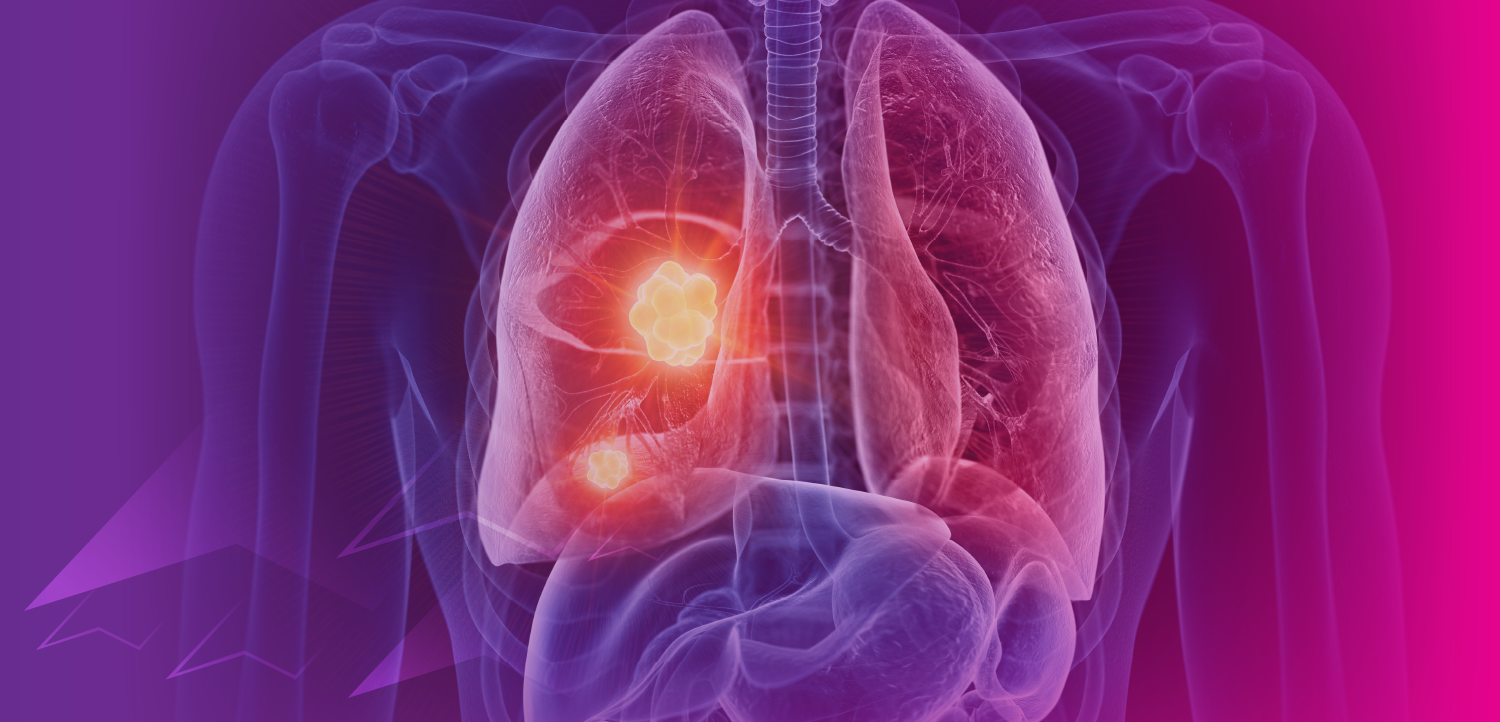Q&A: Tower of Babel greets RFP organizers
Editor’s note: Over the past year, Ron Schilling has been fielding questions from readers in response to his commentaries on business strategies in medical imaging. We are publishing some of those questions and responses and invite new requests for information.
Editor's note: Over the past year, Ron Schilling has been fielding questions from readers in response to his commentaries on business strategies in medical imaging. We are publishing some of those questions and responses and invite new requests for information. Question: Every vendor submits its materials (from requests for proposals) based on different factors. How can we organize their materials to improve our selection process? Answer: Many large institutions present a standard RFP to vendors, explicitly spelling out how responses are to be organized. This approach often, though not always, prevents problems. An alternative one promises better luck as it helps to guide the entire process, from RFP development to response assessment.This approach relates back to the High 5 concept (DI SCAN, 04/07/06,
- Technical leadership -- a key specification that demonstrates leadership
- Image quality -- relating to spatial resolution, contrast resolution, and signal-to-noise
- Throughput -- the number of patients that can be imaged per day
- Life-cost -- the number of patients per day required to break even
- Total service -- reliability, applications, marketing assistance
(Note: Throughput minus life-cost represents the potential for customer profitability. Suppose it takes seven patients per day to break even. If throughput is 25 patients per day, 18 of these can be considered profit.)Product managers can take each of the above High 5 factors and describe how they are put into practice in their own organization compared with the competition, a useful exercise for the sales organization. At the same time, the institution can consistently grade vendors' responses. In this way, both vendors and customers speak the same language of High 5, which allows them to drill down to the detail needed to represent and evaluate each product. Please keep your questions coming to ronald11341@aol.com.Ronald Schilling, Ph.D., is an editorial advisor to Diagnostic Imaging and president of RBS Consulting Group in Los Altos Hills, CA.
Newsletter
Stay at the forefront of radiology with the Diagnostic Imaging newsletter, delivering the latest news, clinical insights, and imaging advancements for today’s radiologists.




























